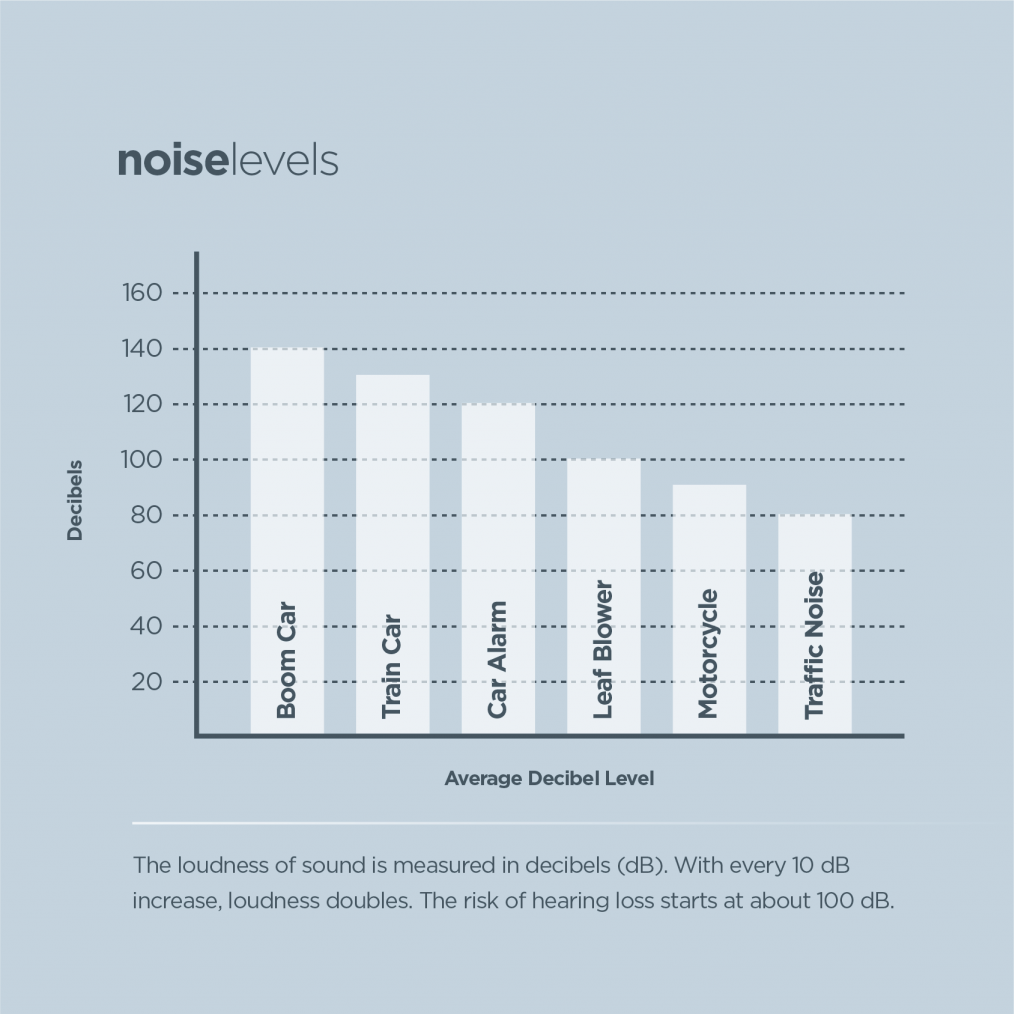Options Are Plentiful When Selecting Substitute Home Windows, Yet Comprehending Crucial Elements Can Make All The Distinction In Your Decision-Making Procedure
Options Are Plentiful When Selecting Substitute Home Windows, Yet Comprehending Crucial Elements Can Make All The Distinction In Your Decision-Making Procedure
Blog Article
Post Produced By-Riddle Coughlin
When it involves picking windows for your home, you've got lots of alternatives to think about. Each material-- whether it's plastic, timber, light weight aluminum, or fiberglass-- has its own benefits and drawbacks. You'll wish to think of power efficiency, upkeep demands, and just how well the design fits with your home's architecture. Yet before you make a choice, there are crucial elements that can influence your choice. Allow's check out those better.
Understanding Home Window Materials: Advantages And Disadvantages
When you're selecting home windows for your home, comprehending the products they're made from can significantly impact your decision. https://www.redfin.com/blog/home-renovations-that-do-not-add-value/ features its very own collection of pros and cons.
Vinyl windows are prominent for their price and low upkeep, but they can warp in extreme temperature levels.
hop over to this site use great insulation and aesthetic appeal, though they require regular upkeep to prevent rot.
Aluminum windows are durable and immune to corrosion, however they can conduct heat, making them much less energy-efficient.
Fiberglass windows combine toughness and energy efficiency, but they have a tendency to be costlier.
Power Performance Ratings: What You Need to Know
Just how can you guarantee your new windows add to a comfortable and energy-efficient home? Start by checking out energy efficiency rankings, which supply essential details concerning a window's performance.
The National Window Ranking Council (NFRC) labels windows with essential metrics like U-factor, Solar Warmth Gain Coefficient (SHGC), and Visible Transmittance (VT). The U-factor shows how well a home window protects, while SHGC procedures how much solar warm enters your home. A lower U-factor and SHGC mean better power performance.
Additionally, think about the Energy Star tag, which indicates that a home window fulfills rigorous energy effectiveness standards. By focusing on these ratings, you can choose home windows that help in reducing energy expenses and keep a comfortable indoor atmosphere year-round.
Styles and Designs: Locating the Perfect Fit for Your Home
Picking home windows isn't practically energy performance; design and styles play an important role in improving your home's general charm.
When choosing windows, consider your home's architecture. Standard homes may gain from double-hung or casement home windows, while modern-day layouts can radiate with streamlined, minimalistic designs.
You'll intend to consider color and product as well-- plastic, wood, and aluminum offer numerous aesthetics and upkeep levels.
Do not ignore performance; attractive grids can include charm, while larger panes produce an airy feel.
Eventually, you should select windows that show your individual style and enhance your home's personality.
Take your time exploring choices; the right windows won't just enhance your visual appeal but also develop a welcoming ambience inside.
Conclusion
To conclude, selecting the right windows for your home is about stabilizing design, effectiveness, and upkeep. Weigh the advantages and disadvantages of products like vinyl, wood, light weight aluminum, and fiberglass to find what suits your requirements best. Do not forget to check energy efficiency ratings to guarantee long-term efficiency. With the right options, you can boost your home's comfort and curb allure while remaining within your budget plan. Take your time, and you'll locate the perfect fit!
